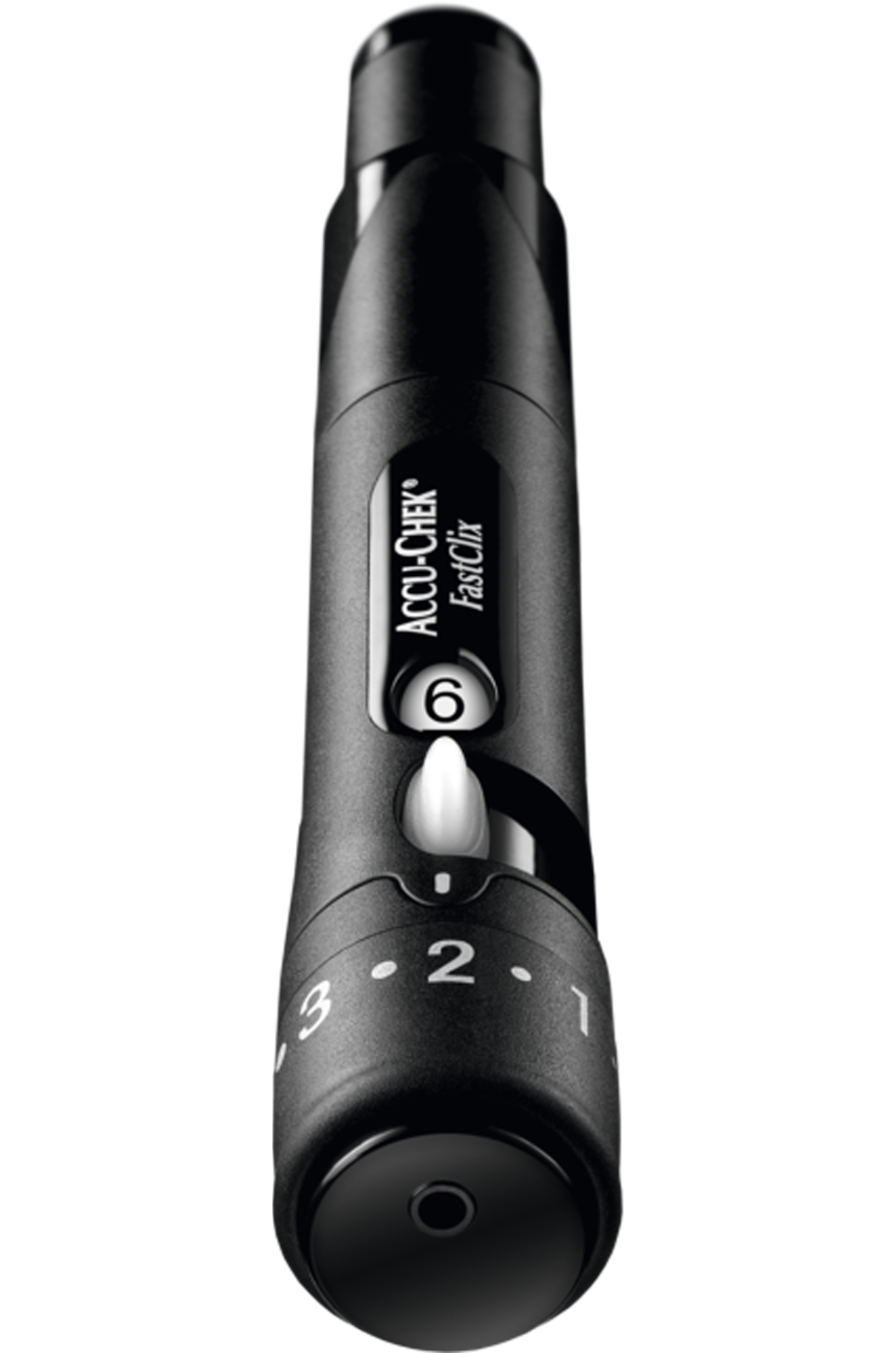1. Jendrike N et al. Pain sensation at Fingertips and Palm by using different Blood Glucose Monitoring Systems. Diabetes Technology Meeting. San Francisco, 5-7 November 2009.
Safety advice: The Accu-Chek FastClix finger pricker is intended for patient self-monitoring by an individual person only. It must not be used to collect blood in a multipatient setting as it does not incorporate any features to guard against cross infection.
The use of the Accu-Chek FastClix lancet device and AST cap have not been evaluated in neonates. We do not have any data to support use in this population and are not able to make specific recommendations.
Any decision is the responsibility of the HCP and we recommend they are consulted before initial use in children.
For further information; worldwide guidelines for capillary blood samples differ by age. Depth of lancet setting should be considered carefully according to the age and size of the child. WHO recommends that the heel only be used for capillary blood sampling in newborns and children under 6 months and the posterior aspect of the heel should be avoided due to the risk of hitting bone.



